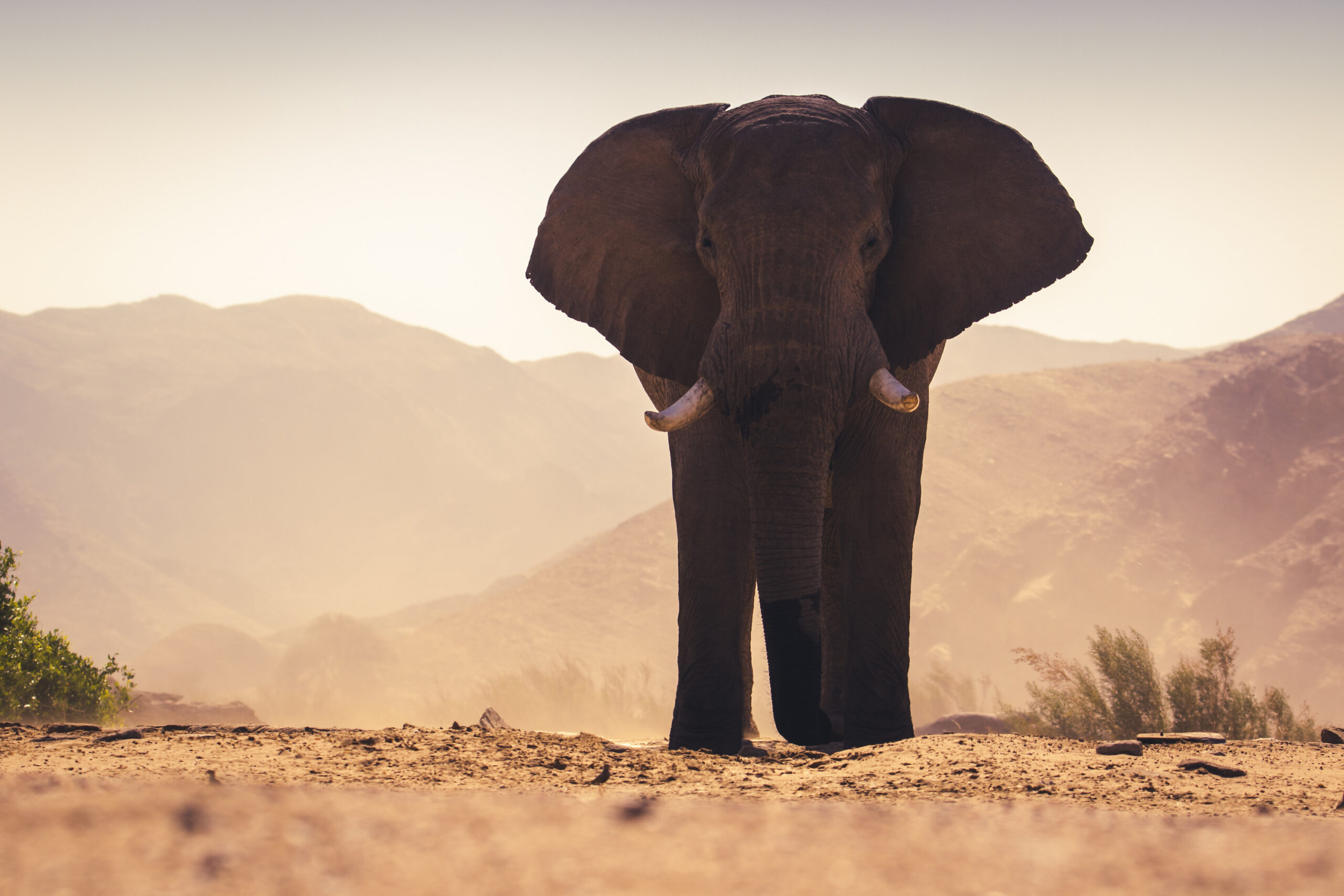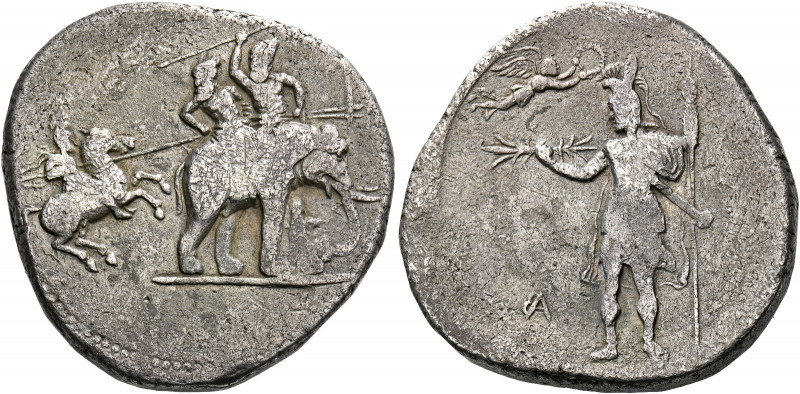Elephants have long captivated the human imagination with their sheer size, intelligence, and gentle nature. While commonly associated with Africa and Asia, the historical presence of elephants in the Arab world and the Middle East is often overlooked. Yet, these magnificent creatures have played a significant role in the region’s culture, trade, and even warfare. Exploring the importance and significance of elephants in the Arab world unveils a fascinating chapter in the region’s history.
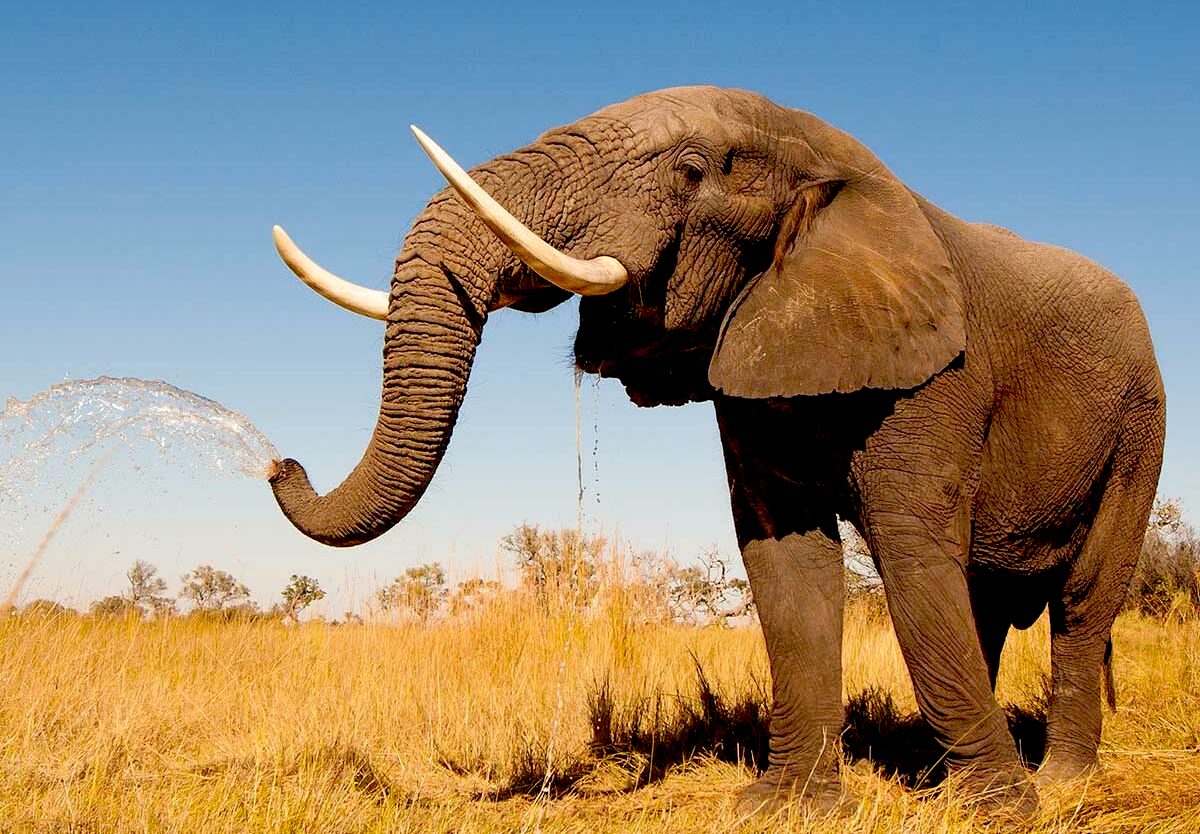
Historical Comings
Elephants have ancient roots in the Arab world, with references dating back to civilizations like the Pharaohs of Egypt and the Sumerians of Mesopotamia. These civilizations held elephants in high regard, valuing their strength, wisdom, and symbolic significance. In the ancient Nile valley, elephants were hunted and distributed to Egyptian and Greek cities for purposes such as ivory, military use, and entertainment. While Egyptian interest in elephants waned by the end of the third Dynasty, a trip by Harkhuf (Governor of Upper Egypt during the New Kingdom) to bring elephants from the south during the Fifth Dynasty was highly esteemed. Though elephants didn’t have a prominent religious role in ancient Egypt, they were displayed in the New Kingdom, Ivory from their tusks became the primary focus. Elephant hunts gained popularity during the New Kingdom, with kings like Thutmose I and Thutmose III hunting Syrian elephants in Syria. In the temples of the Graeco-Roman Periods such as Dendera, Kom Ombo, and Phila, an elephant appears to be a letter in various inscriptions.
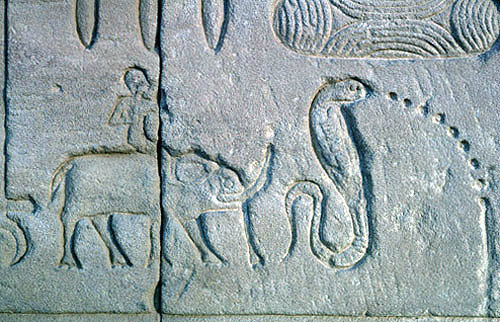
Military Might
Elephants also played a significant role in ancient warfare in the Arab world and the Middle East, thanks to their imposing size and strength. Armies equipped with war elephants held a distinct advantage, instilling fear and disrupting enemy lines. Their presence alone could turn the tide of battles, and they proved instrumental in sieges, charges, and breaking enemy formations. One well-known story involving elephants is that of Abraha, who led an army with war elephants to destroy the Ka`bah in Mecca. This event, known as the ‘year of the elephant’ (The year the Prophet Muhammad was born), is mentioned in the Qu’ran and various historical texts. Prophet Muhammad’s grandfather, Abd Al Muttalib, put the battle in God’s hands, realizing that he could not take on the forces of Abraha. Abraha’s intention was to divert pilgrims to his new cathedral, thereby benefiting his kingdom financially. However, the elephants refused to approach Mecca, and Abraha was ultimately defeated and died.
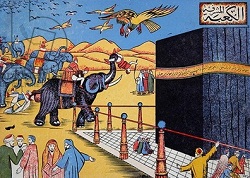
Another event was the battle between Alexander and King Porus of India, during 326 BC. Alexander and his army faced a terrifying force of 300 chariots, 30,000-foot soldiers and 85 elephants. Fortunately, Alexander and his men were familiar with these terrifying huge creatures, since he’d been gifted with 56 elephants earlier by King Omphis of Taxila. Alexander’s great victory over Porus marks one of his greatest achievements.
Trade and Commerce
Due to the Arab world’s strategic location between Africa, Asia, and Europe, it served as a crucial trade hub throughout history. Elephants played a vital role in this network, as they were coveted commodities for trade. Arab merchants sought elephants for their tusks, ivory, and as exotic gifts for nobility and rulers. These majestic creatures were highly desired by influential figures, symbolizing power, wealth, and prestige. In the second and early first millennia BCE, the focus of the ivory trade shifted to the Red Sea. During the Ptolemaic era, elephants held a new significance, as the Ptolemies used them to establish ports in the Red Sea and as centers for hunting and breeding.
Symbolism and Representation
Elephants represented strength, wisdom, and nobility. They were often associated with leaders and rulers, representing power and authority. While elephants were known in Egypt, they were not frequently depicted in Egyptian art or inscriptions. However, during the New Kingdom at Thebes, tomb paintings and inscriptions recorded the tribute of ivory from Kush. The Egyptian Queen Hatshepsut even brought elephant tusks among the goods back to Egypt as part of her expedition to the Land of Punt.
In the 4th century BCE, Alexander the Great’s military employed units of elephants during their march to north India. Alexander claimed these elephants after defeating the armies that possessed them. Coins issued in Egypt following Alexander’s death depicted him wearing an elephant scalp headdress, symbolizing his victory over the enemies associated with elephants. The elephant became closely linked with the military strength of Alexander’s foes, and his triumph over them was symbolically represented by his appearance cloaked in the hide of a deceased elephant.

While elephants have left an enduring legacy in the Middle East, their populations have significantly declined over the years due to various factors, including habitat loss, poaching, and illegal trade. Acknowledging and appreciating the historical significance of elephants throughout history, allows us to preserve their legacy and contribute to their conservation. By protecting these majestic giants, we honor the rich heritage they have bestowed upon the region and ensure their continued presence for generations to come.
WE SAID THIS: Don’t Miss…On World Hippo Day, We Highlight The Importance Of These Animals To Ancient Egyptians


